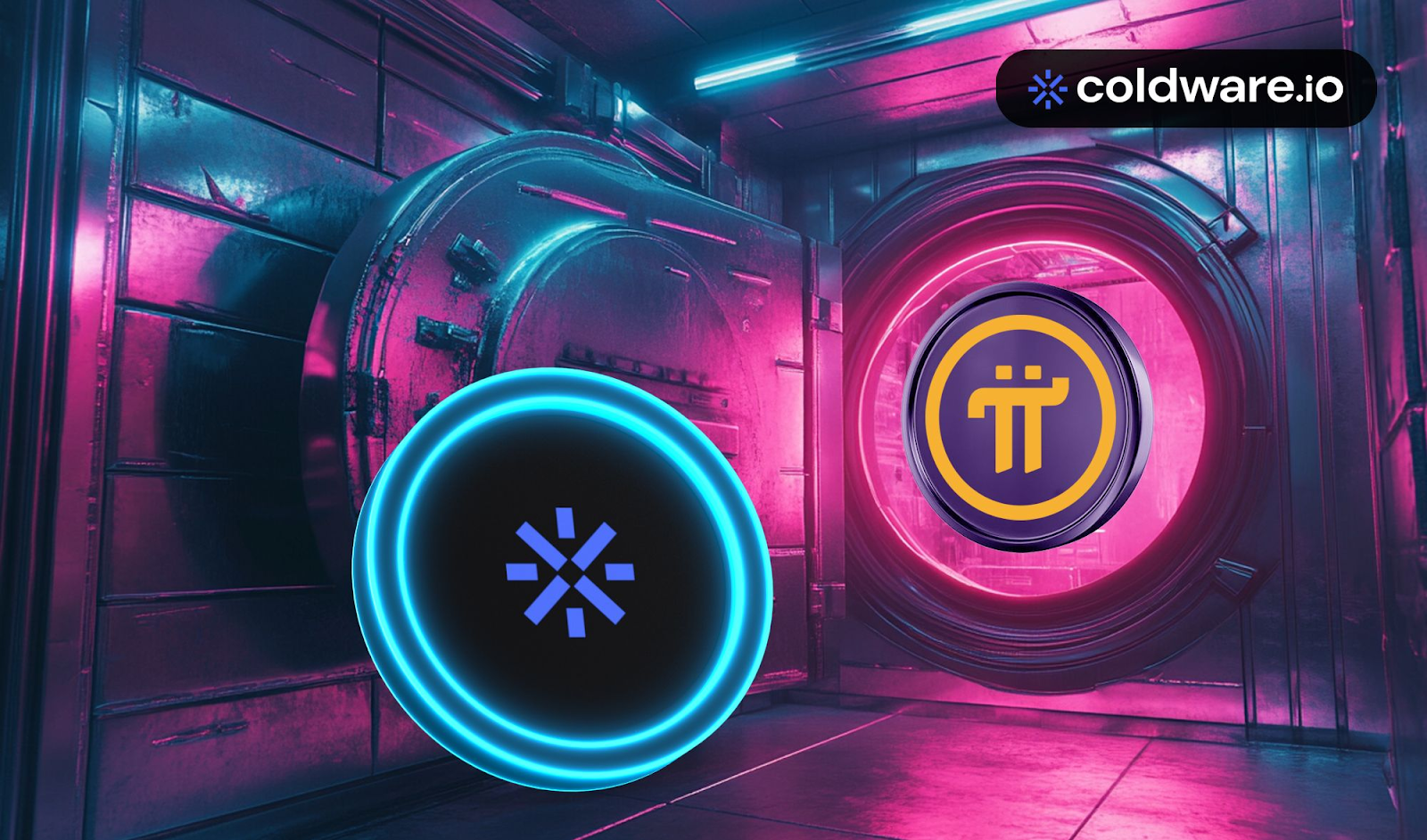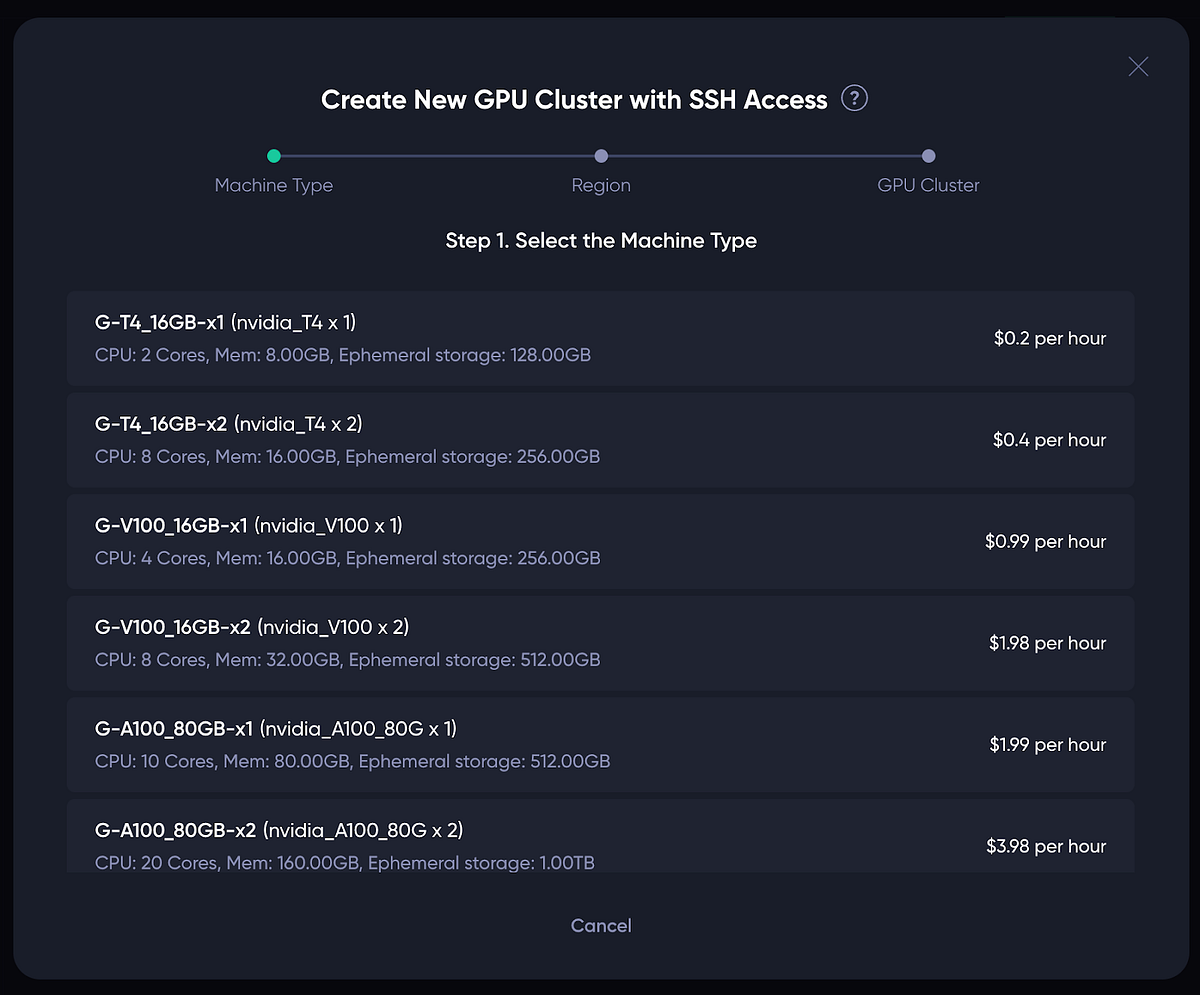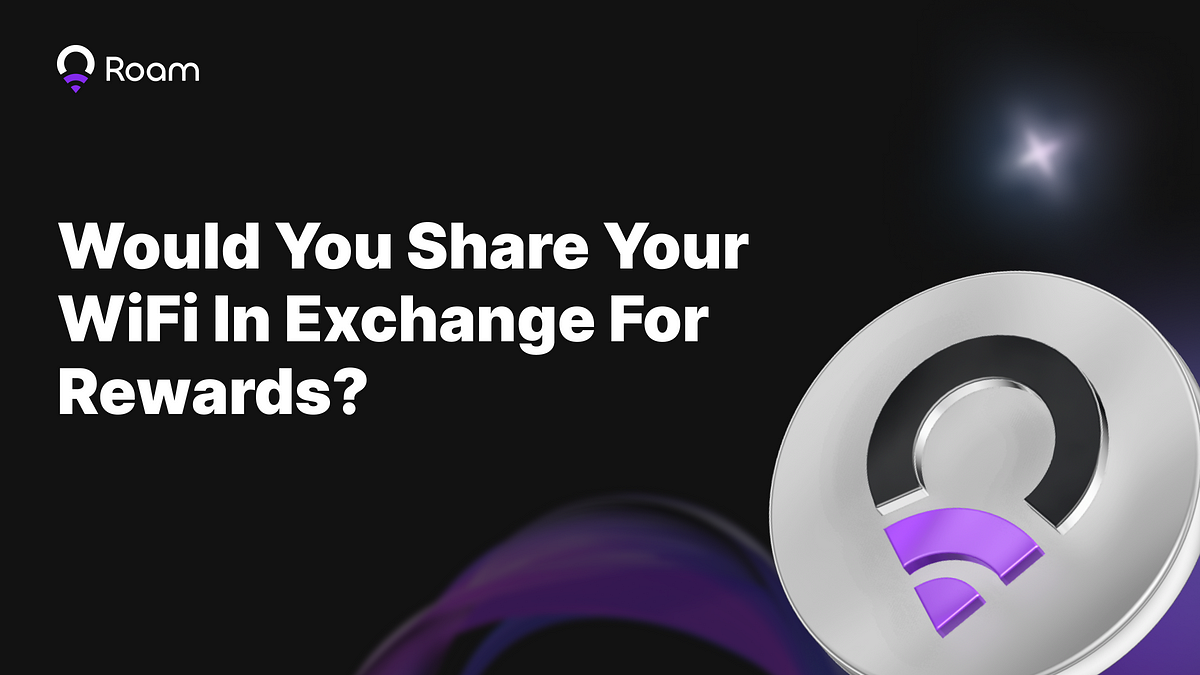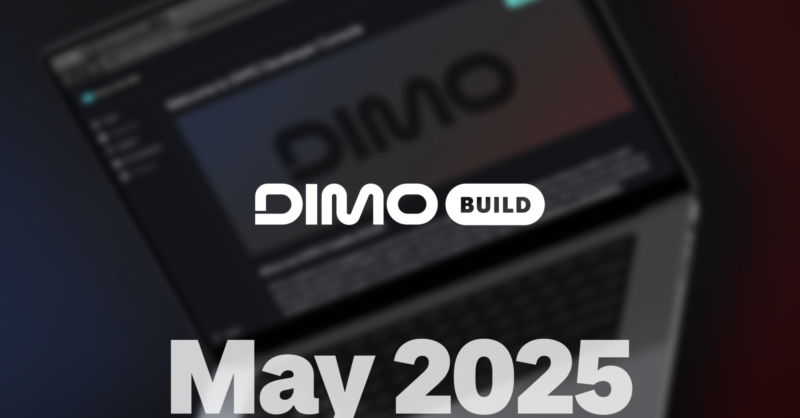MapMetrics Enhances User Experience with Key Updates for iOS and Android

MapMetrics has announced a series of key improvements aimed at enhancing the user experience for both iOS and Android platforms. The latest updates focus on critical fixes and enhancements that aim to improve performance and functionality. For Android users, notable features include the ability to filter car search results by city, which allows for more localized searches. Additionally, issues with the Add Camera button have been resolved, ensuring smooth camera location updates. The update also addresses crashes related to theme changes and introduces improvements to GPS functionality, paving the way for better real-time tracking in future updates. Furthermore, new wallet screens have been designed to provide a cleaner and more intuitive user interface.
On the iOS side, significant attention has been given to fixing connectivity issues and enhancing the user interface. A major highlight is the resolution of Bluetooth disconnection issues between the SPT device and iPhone, which ensures a more stable connection. The auto-reconnect feature for Bluetooth has also been introduced, allowing for a seamless user experience. Other improvements include a notification message for CarPlay disconnections, a fix for volume issues when opening the app, and enhancements to the Night View mode for better visibility in low-light conditions. Additionally, the search functionality has been improved to provide more accurate results, contributing to an overall better user experience.
These updates reflect MapMetrics’ commitment to providing a top-tier navigation tool that evolves with user feedback. By focusing on both iOS and Android improvements, the company aims to ensure that all users enjoy a smooth and feature-rich experience. As MapMetrics continues to roll out regular updates, users are encouraged to share their feedback to help shape future enhancements. With these significant improvements, MapMetrics is set to deliver a more stable and refined experience for all its users, reinforcing its position as a leading navigation solution.
Related News





